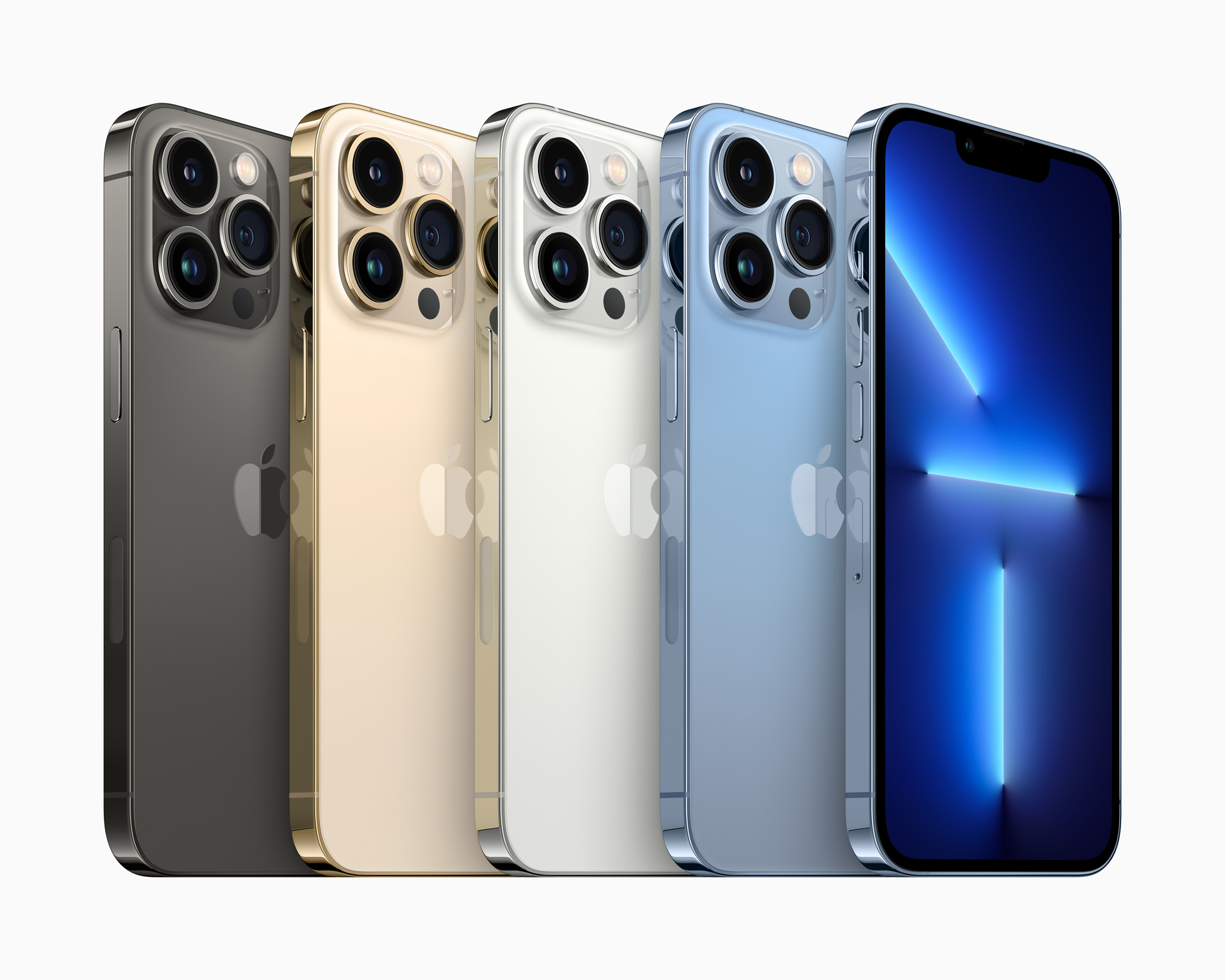![]()
The new iPhone 13 Pro models support 4K ProRes video recording, but there's a catch if you want to capture video at the highest quality - you need an iPhone 13 Pro or Pro Max with at least 256GB of storage space.
On Apple's
tech specs page for the new devices and in the press release announcing the new iPhone 13 Pro models, Apple says that if you have an iPhone 13 Pro or iPhone 13 Pro Max with the base 128GB of storage, you'll be limited to shooting 1080p ProRes video at 30 frames per second.
For recording ProRes video at 4K at 30 frames per second, higher 256, 512, or 1TB storage capacities are required.Aimed at professionals, the ProRes codec offers higher color fidelity and less compression, and it is often used for commercials, feature films, and TV broadcasts. With ProRes support, iPhone 13 Pro and Pro Max users can capture, edit, and share professional quality video right on their devices.
ProRes support will not be available when the iPhone 13 Pro models launch and will be coming in a future iOS 15 update.
Along with ProRes, the new iPhone 13 Pro and Pro Max offer much improved Wide, Wide Angle, and Telephoto lenses with better low light performance, macro capabilities, Night Mode, Cinematic video recording for depth-of-field transitions, and Photographic Styles for enhancing images.
Article Link:
Shooting 4K ProRes Video Requires iPhone 13 Pro With at Least 256GB Storage



